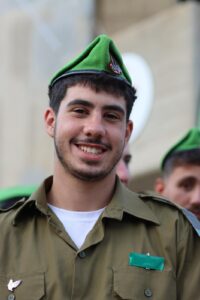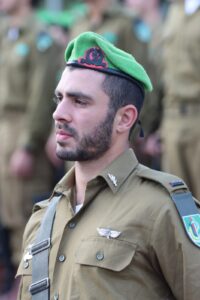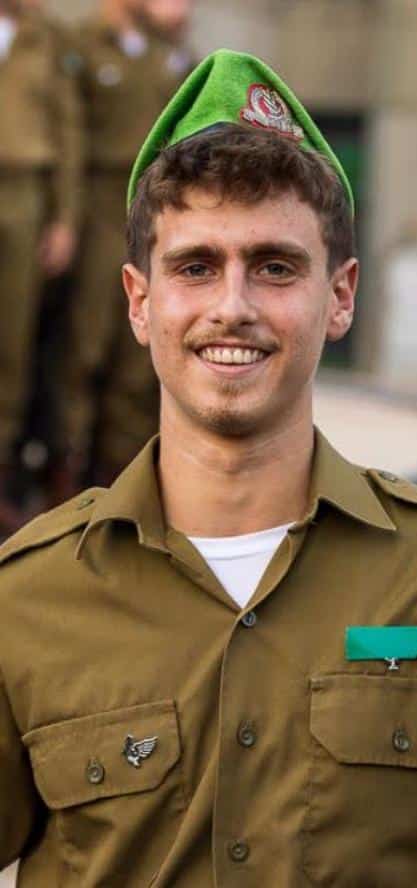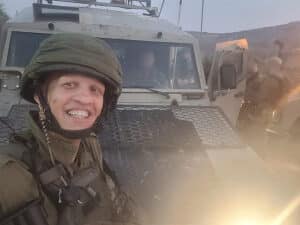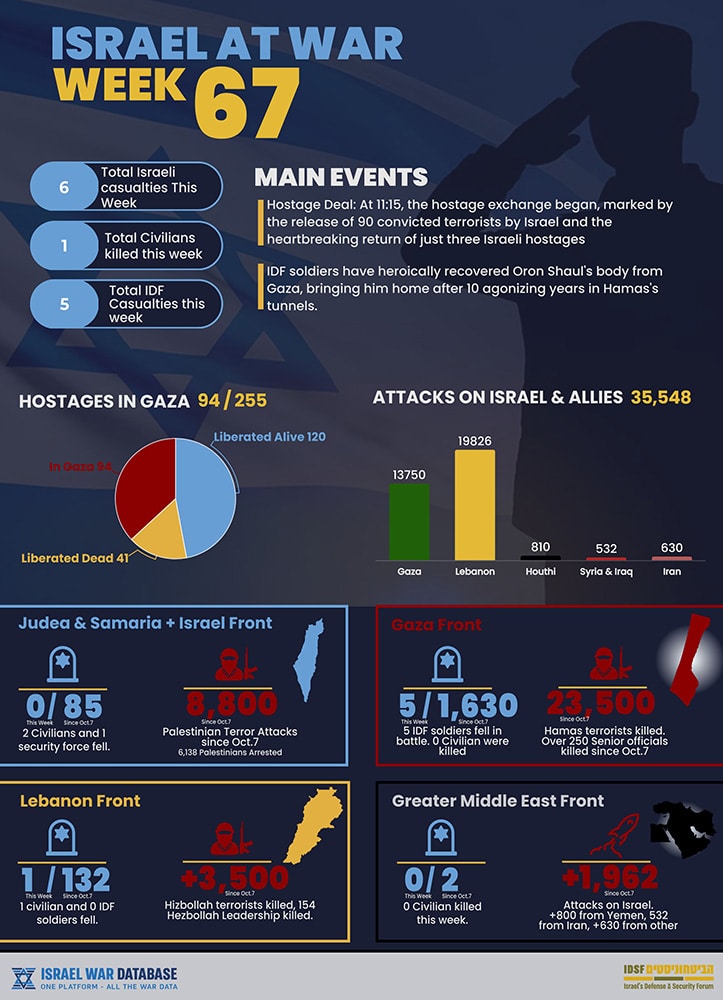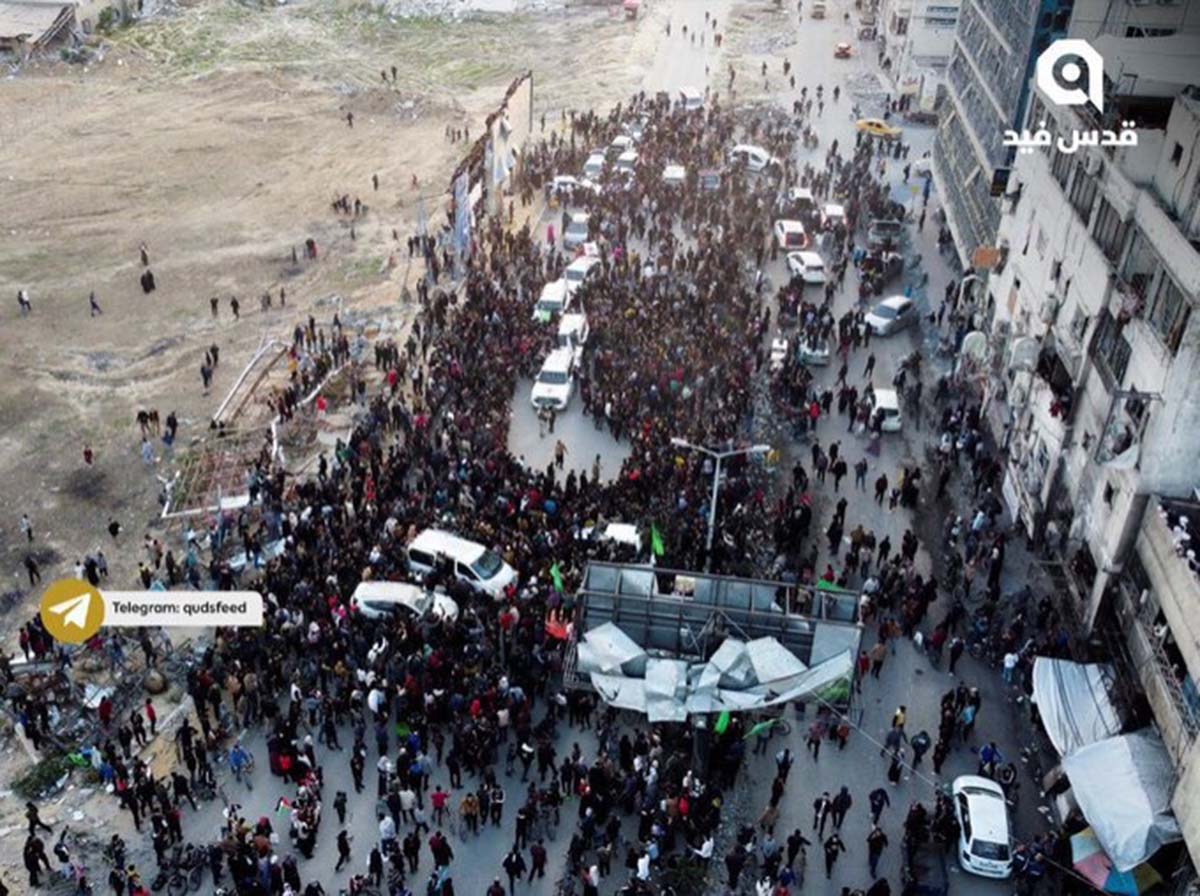
Overview
- A42-day ceasefire began on January 19, after the IDF decimated most of Hamas’s military capabilities but encountered limited success in rescuing hostages held in central Gaza. Israel is obligated to negotiate an extension of the ceasefire starting on Day 16, though it reserves the right to resume hostilities.
- 3 female Israeli hostages, Romi Gonen (24), Doron Steinbrecher (31) and Emily Damari (28) have been released on January 19th.
- Hamas portrays the ceasefire as a victory, celebrating publicly with chants and slogans praising their leaders. Principles of resilience (sabr) and martyrdom (shohada) are emphasized as key elements of their perceived triumph.
- Donald J. Trump was sworn in as the 47th President of the United States of America. The inauguration ceremony marked the transition to a new geopolitical reality for the Middle East as well.
- Trump’s aides have signaled hat if Hamas breaks the deal, they would grant a card blanche to Israel to act militarily much more decisively than allowed before. The President has already made a statement that he views Gaza war as a local issue, while also halting all US foreign aid for 90 days pending upon review, including the United States’ assistance to UNRWA.
- National Security Advisor Mike Waltz has said in an interview that the Administration is focused on expanding the Abraham Accords to include Saudi Arabia normalizing relations with Israel. It was hinted that this would be done in the context of reaching an accommodation that would include the future arrangement in the post-war situation in Gaza.
- Hamas and the affiliated terror factions suffered heavy losses, with an estimated 20,000–22,000 militants killed. A significant portion, if not most, of Gaza’s tunnel network was destroyed, including all tunnels under the Philadelphi corridor. However, it would be far reaching to assess that Hamas has suffered a significant and irreversible blow, as the terrorist group has already dispatched its forces all across the Gaza Strip, has been rearming during the war, and is enjoying unprecedented public support in Gaza and among Palestinians in Judea and Samaria.
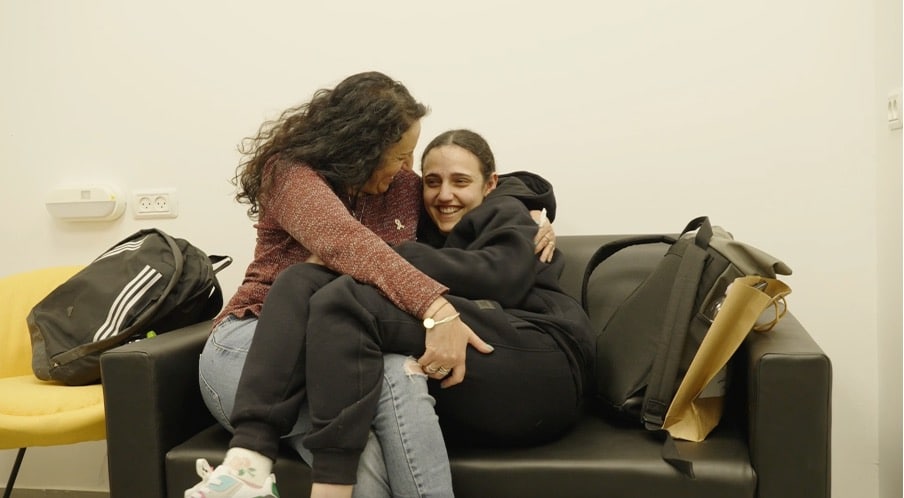
Trump’s Inauguration
President Trump’s inauguration day as the 47th President of the United States included several important messages regarding the hostages and the war. Trump throughout the campaign has stressed his willingness to be a peacemaker and leave a legacy as the dealmaker who ended wars. “My proudest legacy will be that of a peacemaker and unifier”, he said in his speech. He referred to the achievement of the Abraham Accords multiple times during his speeches and said that his goal is to expand the accords. According to multiple reports, Trump is focused on winning a Nobel Peace prize by expanding the Abraham Accords to include Saudi Arabia.
In a very unique unprecedent move, the President invited families of hostages to the stage who stood behind him as he delivered his speech. Trump later met with the families of the hostages. This sends a very strong signal that Trump would pressure Israel everything it can to make sure the deal proceeds to phase 2 in order to release as may hostages as possible.
Trump and his team were very determined to push the hostage deal through before Trump assumes office in order to recreate the Reagan Effect in 1981 when the American hostages were released in Iran before the new President assumed office. They said so publicly by comparing it to the Iran Hostage Crisis. This would create the appearance of a strong leader that is feared around the world.
Trump’s aides have sent several messages regarding the war in recent days:
- Trump has said, while questioned by reporters as he signed executive orders, about his confidence that the deal would follow through to the third phase. He replied that he is not sure and that the war is Israel’s not America’s, hinting that the United States henceforth views the Gaza war as a local issue rather than global. This is a message to Israel that he would allow Israel more operational freedoms that the previous administration in pursuing the goals of the war.
- They expect Israel to follow through the deal, but if Hamas breaks the deal, they would grant a card blanche to Israel to act militarily in a much more aggressive manner.
- The US would not withhold any ammunition from Israel.
- Trump would try to leverage the situation in Gaza to broker a normalization agreement between the Kingdom of Saudi Arabia and Israel.
- Hamas will not be allowed to remain as the government of Gaza after the war is over. Trump has said so himself as well.
- National Security Advisor Designate Mike Waltz has said to “Face the Nation” that they want to create a pathway to a two-state solution in a manner that would be amenable to the Saudis. It will not necessarily be a classic “two-state solution” but more of an accommodation that both sides could live with (Israel and Saudi Arabia). They don’t know what this would look like, but they want to create a package that could be sold to Israel and the Saudis. He said it is a long process and did not want to commit to the results. He hinted that some of the carrots that would be sold to the Saudis include economic investments like ports, data centers, rails, fibers etc.
- In the interview, Waltz has said that they view Hamas like they view Al Qaeda and ISIS, and they expect Israel to destroy it completely. He reiterated that they understand that Hamas’ intention is to destroy Israel and commit future October 7th’s and he wants Israel to know that they would allow Israel to dismantle Hamas.
- He mentioned that the success of the Abraham Accords in bringing Israel and Arab states was predicated on focusing on the common threat of Iran while setting the Palestinian issue aside. This is the framework that they intend to get back to.
- The new administration has also halted all foreign aid for a period of 90 days pending upon review, which includes the US aid to UNRWA.
Gaza Strip
Background
The war has not ended but has changed significantly in nature. The IDF (Israel Defense Forces) successfully dismantled much of the military capabilities of Gaza’s terror factions. However, the IDF has been unable to rescue Israeli hostages from Gaza City and central Gaza. This limitation compelled Israel to agree to a time-limited hostage exchange deal, in addition to various considerations such as the exiting Biden administration’s political pressure on Israel to concede to the deal and various other humanitarian steps. Hamas is expected to exploit this ceasefire period to push for an end to the war and secure its survival.
After Trump won the U.S. presidential elections, he intervened in the negotiations and, his threats of “there will be hell to pay” if the hostages were not released, by his inauguration, turned out to be partially directed at Israel. The pressure exerted on Israel by Trump Middle East Envoy Steve Witkof and his relationship with Qatar, largely lead to the hostage deal. Trump had also tried to ensure that, by the time he assumed office, there would no longer be a war, which is unfortunately has not come to fruition, as Hamas is still alive, if not well. Hamas and the affiliated terror factions suffered heavy losses, with an estimated 20,000–22,000 militants killed. A significant portion, if not most, of Gaza’s tunnel network was destroyed, including all tunnels under the Philadelphi corridor. Most weapons depots, workshops, and rocket stockpiles were eliminated, and the majority of the previous command chain was dismantled. These losses dealt such a severe blow that Hamas would be unable to completely rebuild within the 42-day ceasefire period. However, the cease-fire has given Hamas the ability to breathe, and begin to rebuild their credibility and control over the Gazan people.
Hamas’ primary goal during these 42 days is to extend the ceasefire into the second phase (talks on this phase are set to begin by day 16 at the latest) and demonstrate to Gazans that they will survive this war. Hamas realizes that it can no longer rely on the Iranian “resistance axis” and will attempt to leverage the release of hundreds of prisoners and terrorist operatives to pressure Israel in Judea and Samaria (sometimes referred to as the “West Bank”).
The terror factions are already engaged in a diplomatic battle to transform the ceasefire into a permanent truce and to end the war through a reconstruction program for Gaza and the establishment of a Palestinian unity government, which would ensure their survival. They hope that the Trump administration will not fully support Israel. Trump’s commitment to ‘end wars’ can be achieved two ways. One is through taking the war to Iran; the other is to coerce Israel into premature cease-fire, which could end the war now, but would almost guarantee that a revitalized Hamas will launch another attack before the end of Trump’s term. Preventing Israel from achieving its objectives, which include toppling Hamas’ rule and establishing a new reality in Gaza including through the policing and control of humanitarian aid, may achieve a temporary goal of stopping the fighting, but would leave both Israelis and Gazans vulnerable to a rehabilitated Hamas.

Israel will have to implement a component where humanitarian aid is controlled by Israel to achieve its war objectives: removing Hamas from power, evacuating civilians to humanitarian zones, and imposing a blockade on other parts of the Strip. Before any humanitarian aid is to be distributed into Gaza, it must be guaranteed to Israel’s satisfaction, that no Hamas operatives will be able to gain access to the aid. Without American support for what amounts to a complete blockade of aid until Hamas is destroyed or Hamas vacated the region; Israel will not be able to sustain this strategy which is the only way that Israel and the Gazan civilians can start realistically planning for the day after Hamas, and a real end to the war in Gaza.
By March 1, 2025, with an estimated 64 hostages projected to still in Gaza, Israel will have the opportunity to operate in areas it had not previously targeted, such as capturing the entire Bureij camp or evacuating the population of Gaza City. Naturally, it will also need to retake areas it withdrew from, such as the Mefalsim region, the city of Rafah, and the Be’eri Corridor. These renewed battles will likely be shorter than the previous ones. It is certainly possible that Israel will enter the second phase of the ceasefire (provided it receives assurances that the war is not over) to rescue as many hostages as possible. It would be preferable for Israel to return to fighting with 54, 44, or 34 hostages remaining in Gaza rather than 64, while preferring to release all known living hostages first. Once combat resumes, the goal will be to deliver a decisive blow rather than engage in further negotiations.
The return to combat is expected to be the final stage of the campaign. Gaza stands alone, no longer able to expect support from other fronts.
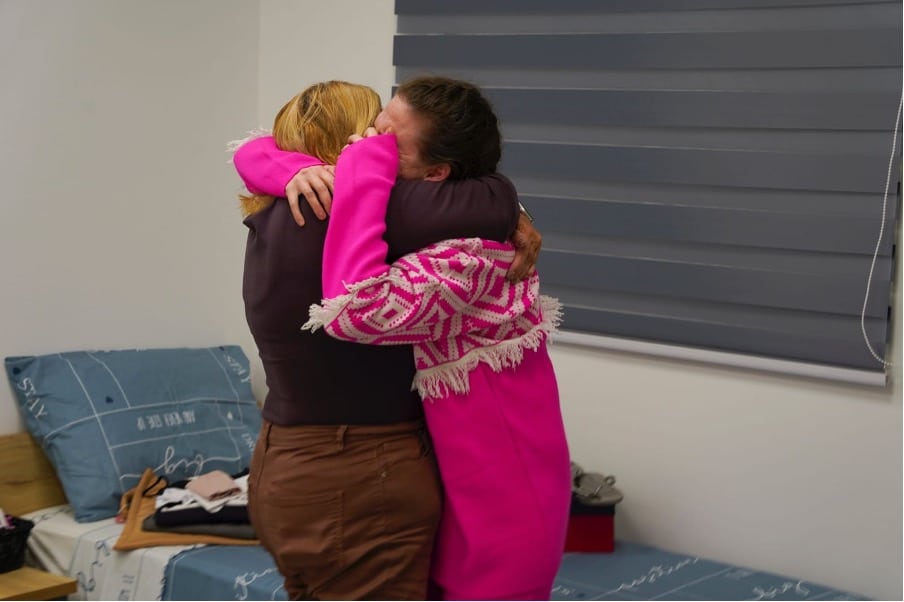
Hostage Deal
- A42-day ceasefirebegan on January 19, after the IDF decimated most of Hamas’s military capabilities but encountered limited success in rescuing hostages held in central Gaza. Israel is obligated to negotiate an extension of the ceasefire starting on Day 16, though it reserves the right to resume hostilities. Hamas hopes to extend the ceasefire into a permanent arrangement, using the time to recruit new fighters, rearm, booby trap their enclaves, and embed itself within civilian population centers as Gazans make their way back to the north.
- Hamas violated the agreement, by submitting the list of hostages that it was to release late, during which the IDF conducted airstrikes in Gaza, targeting militant positions. This was the first breach of the agreement before it even started and resulted in a stern IDF response.
- The ceasefire deal includes a timed hostage release plan:
- 94 hostages remain in Gaza, with 33 expected to be released during the ceasefire, leaving 64 hostages by March 1.
- The IDF established three reception centersat Erez, Re’im, and Kerem Shalom to care for released hostages equipped with medical and psychological support.
- Hamas dispersed the hostages across densely populated areas to more effectively utilize them as human shields, making rescue operations extremely difficult.
Hamas has framed the ceasefire as a victory
- Public celebrations in Gaza, with widespread distribution of sweets and pro-Hamas chants.
- Hamas portrays the ceasefire as a victory, celebrating publicly with chants and slogans praising their leaders. Principles of resilience (sabr) and martyrdom (shohada) are emphasized as key elements of their perceived triumph.
- The hostage releases were accompanied by grotesque psychological manipulation and propaganda. Hamas made the hostages smile as they gave them “goodie bags” with a ‘certificate of release from captivity’ including the decision of the Al Qassam brigades to release them. The bags included photos from captivity and other memorabilia as if the hostages were in summer camp. Hamas also gathered a crowd of a few hundreds and filmed the exchange in such way that made it look like there was a much larger crowd, and that Hamas was protecting the Israeli female hostages from the mob that was threatening them. This was meant to showcase their strength and their ‘humanity’ for protecting the hostages.
- Trump’s special envoy for Middle East Affaris, Steve Witkoff, is considering frequent visits to Gaza to ensure the ceasefire and hostage deal are implemented.
- Discussions among members of Trump’s team are underway regarding a possible relocation of Gaza’s populationto countries like Indonesia.
Hamas’s Strategy
- Talks to rebuild Gaza, funded by foreign donors, are set to begin during the ceasefire.
- Hamas has recruited new fighters including children and teenagers who are not trained and will be used as cannon fodder. This underscores the losses to its military wing.
- Hamas and other factions are pushing for a long-term ceasefire and reconstruction plan, including a Palestinian unity government modeled on the Beijing Declaration (July 2024).
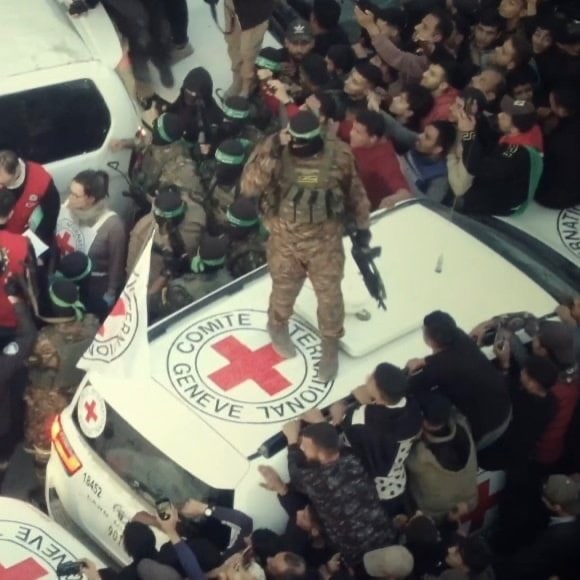
Terrorists to be Released in the Deal
- 1,107 Palestinian prisonerswho were not directly involved in the October 7 massacre are set to be released to Gaza, including individuals convicted of severe offenses during the Second Intifada.
- According to Shin Bet data presented to the Cabinet, 82% of prisoners released in the 2011 Shalit dealreturned to terrorism, either through direct attacks or by supporting terror operations (e.g., fundraising). Among these, 15% carried out or attempted attacks.
- IDF Reinforcements have been deployed to counter the expected rise in terror activities following the release of so many convicted militants to the region.
- Hundreds of militants will be released to Judea, Samaria, and East Jerusalem. Those convicted of murdering or aiding in the murder of Israelis will be deported to Gaza, Qatar, or Turkey for three years.
Among the released prisoners are high-profile terrorists from all Palestinian factions (Hamas, PA’s Fatah, PIJ, independents etc) responsible for mass-casualty attacks, including:
- Members of the Hamas Silwan cell, responsible for attacks such as the Café Moment bombing (11 killed) and the Hebrew University attack (9 killed).
- The prisoner release is expected to embolden terror factions, particularly Hamas and Islamic Jihad, who have already declared their intent to escalate ‘resistance’.
- Security forces are preparing for increased attacks and morale-boosted recruitmentamong local militants, with fears of renewed support for terrorism among previously inactive individuals.
Operational
- The IDF recovered the body of a deceased soldier, Oron Shaul, who fell in battle in 2014 in Operation Protective Edge. Shaul’s case alongside another fallen soldier from the 2014 operation whose body is held in Gaza, Hadar Goldin, has become a symbol of Israeli perseverance to bring back all of its missing people home.
- The IDF withdrew from several areas, including Miflasim and north-central Rafah, to positions along the Philadelphi Route.
- Nahal and Givati Brigades withdrew from northern Gaza after the Third Battle of Jabaliya, where 55 soldiers were killed over 3.5 months.
- Israel retains control over:
- Philadelphi Route (25 km²).
- Be’eri Road Corridor (56 km²), fortified with engineering works.
- Buffer Zone along the border (700 meters to 1 km deep).
- Withdrawal plans include:
- Full retreat from Al-Rashid Road by Day 7 and from Salah al-Din Road by Day 22.
- A gradual reduction of the buffer zone, retaining only minimal control reducing it to a depth of 1 Km and control over the Philadelphi corridor.
- The Institute for the Study of War (ISW) predicts that Hamas will not fully recover its military capabilities within 42 days but will focus on recruiting and reorganizing resistance.
Hamas regained visible control in Gaza:
- Civilians are freely moving through previously contested areas.
- Hamas security forces resumed patrols in uniform and police the civilians.
- Public celebrations and mass distribution of sweets reflect Hamas’s narrative of victory through resilience.
- The first day of the ceasefire saw 600 trucks of aid entering Gaza. Civilians are discovering widespread destruction and retrieving bodies from rubble.
- Ceasefire restrictions reduce the operational flexibility for the IDF:
- No-fly zones allow terror factions to regroup, lay explosives, and rearm. This will make future maneuvers more difficult as Hamas would place explosives in more areas.
- Hamas suffered devastating losses:
- 20,000–22,000 militants killed.
- Most of its tunnel network destroyed, including all tunnels under the Philadelphi Route.
- Significant damage to ammunition depots, workshops, and command structures.
- Hamas’s strategy during the ceasefire:
- Extend the truce into a permanent cessation of hostilities.
- Leverage the release of terrorists to increase activity in Judea and Samaria.
- Reestablish governance and suppress opposition.
Analysis
The hostage deal reflects Hamas’s reliance on leveraging captives to dictate the course of the conflict. Without hostages, the IDF could have escalated its operations, potentially leading to the conquest of Gaza City and central camps – much like it did in Lebanon.
The ceasefire provides Hamas an opportunity to regroup and present a facade of resilience, despite its severe losses. The destruction of infrastructure and leadership has weakened Hamas, but the cessation of hostilities allows it to stabilize its control. For Israel, the ceasefire carries risks, as terror groups may exploit the lull to regain strength and plan future attacks.
Domestic Israel
- Prime Minister Netanyahu faces political challenges:
- Accusations of strategic failure for agreeing to the ceasefire.
- Public dissatisfaction stemming from the October 7 massacre and subsequent casualties.
- His political future may depend on returning to combat to achieve a decisive victory.
- Itamar Ben-Gvir and his party Otzma Yehudit resigned from the government due to dissatisfaction with the ceasefire and the hostage deal.
- Trump administration’s special envoy, Steve Witkoff, is actively working to ensure the ceasefire is maintained, signaling Washington’s resistance to renewed hostilities.
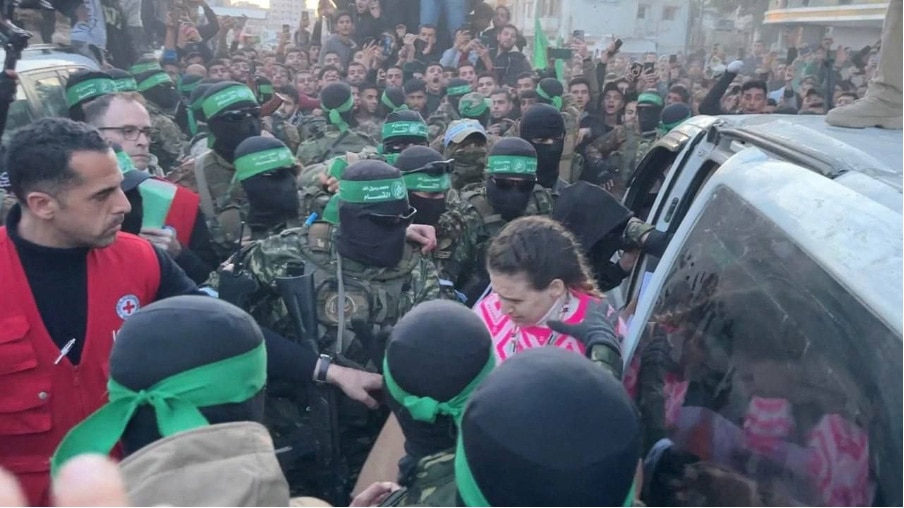
Judea and Samaria
- Hamas has plans to escalate activityin the region, especially in Jenin, using released militants to pressure Israel.
- The IDF anticipates increased tensions during the ceasefire as terror factions exploit the lull.
- On January 18, a stabbing attack occurred on Levontin Street in central Tel Aviv, classified as a terror incident. The victim is in critical condition. The assailant, Salah Yahya, a 19-year-old Palestinian from Tulkarem, was neutralized by a bystander. Hamas praised the attack, referring to Yahya as a martyr and lauding his “heroic” act.
- The IDF and Shin Bet conducted two airstrikes in Jenin, killing ten militants, and detained 50 suspectsinvolved in terror activities. Confiscations included weapons, terror funds, and explosives.
- The PA rejected Egypt’s proposal for a Gaza management committee, citing it as a step toward Palestinian division.
- Mahmoud Abbas reiterated the PA’s demand for a full Israeli withdrawal from Gaza and the transfer of governance to the PA.
- After 40 days of clashes in Jenin between militants and the PA security forces, Islamic Jihad’s Jenin Battalionagreed to a reconciliation initiative, claiming it acted “from a position of strength” to prevent further bloodshed. This operation by the Palestinian Authority was viewed by some experts as a façade for the US administration, in order to show seriousness rather than actual capabilities to fight against home-grown terrorism.
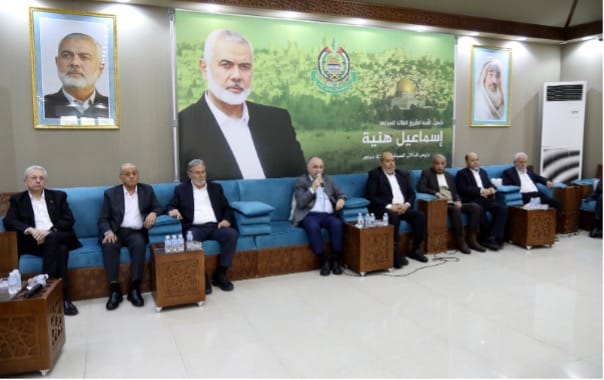
Lebanon
Diplomatic
- UN Secretary-General António Guterresvisited UNIFIL positions in southern Lebanon.
- French President Emmanuel Macronvisited Beirut, emphasizing France’s historical influence in Lebanon and calling for Israel’s withdrawal from Lebanese territory
- Lebanese media reported regular IDF activity in eight villages and along the coastal border with Syria.
- Near this border, Israeli forces intercepted weapons smuggled from Syria into Lebanon, including Kalashnikov rifles and a Shahed-101 drone.
Operational
IDF’s Yiftach Task Force, operating in the western sector under the 146th Division, conducted extensive searches in villages and uncovered:
- Large caches of weapons, including grenades, rifles, rocket launchers, anti-tank missiles, mortar bombs, and ammunition boxes.
- A tunnel shaft leading to a Hezbollah command post, which was subsequently destroyed.
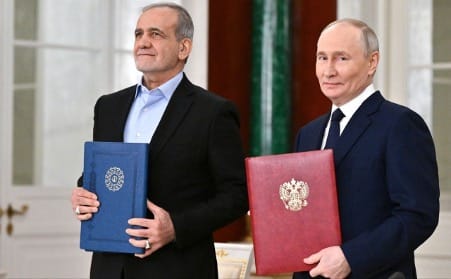
Syria
Military Activity
- An Israeli airstrike in Syria killed three individuals, prompting condemnation from HTS leader Ahmad al-Sharaa (Al-Julani) and his foreign minister and calling on Israel to stop operating in Syria. Al-Julani suggested that since there are no longer any Hezbollah or Iranian operatives operating in Syria that there was no reason for Israel to continue attacks in Syria. He demanded Israel withdraw to the Golan Heights and allow the UNDOF forces to oversee the demilitarized zone.
- The Jordanian Air Force launched strikes in the Druze-majority Suwayda Province against weapons and drug smugglers attempting to move contraband into Jordan.
- These operations are part of a January 7 agreement between Jordan and Syria to coordinate counter-smuggling efforts.
- The IDF’s 210th Division in the Bashan region reported the seizure of 3,300 items of weaponry, including:
- 20 anti-aircraft missiles, 60 surveillance devices, 165 shells and rockets, 1,500 anti-tank missiles, and even two tanks.
Diplomacy
- Qatar’s Prime Minister, visiting Damascus, called for Israel to withdraw from Syrian territory.
- Turkish President Recep Tayyip Erdoğan warned Israel of“consequences” if it continues its actions in Syria.
- Erdoğan reiterated Turkey’s commitment toremoving Kurdish militias from northern Syria, urging them to disarm or face attacks.
Turkey
On January 17, Turkish President Recep Tayyip Erdogan, during an AKP party conference, declared Turkey’s intention to “rid Syria of terrorism,” specifically targeting Kurdish militias. He effectively issued an ultimatum for Kurdish forces in Syria to disarm or face military action, underscoring Turkey’s aggressive stance against Kurdish groups in the region. Erdogan keeps illegally holding vast swaths of Syrian territory while passing them through Turkification in the process.
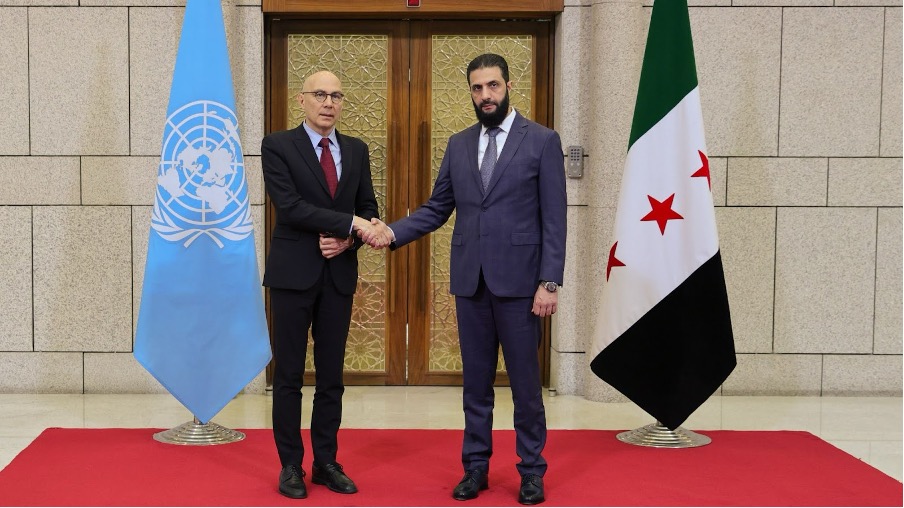
Iran
On January 17, the presidents of Russia and Iran signed a strategic alliance in Moscow, a deal that was long overdue and in the making. Key elements of the agreement include:
- Military Cooperation: Joint exercises and the deployment of naval assets to each other’s ports.
- Energy Partnership: The Russian energy company “Rosatom” will assist Iran in upgrading one of its nuclear reactors. Additionally, Russia will supply Iran with natural gas to alleviate its energy crisis, beginning with 2 billion cubic meters annually and aiming to reach 55 billion cubic meters.
- Space Collaboration: Joint projects in space exploration.
- Infrastructure Development: The opening of a North-South Corridor to enhance connectivity and trade.
- Iran unveiled a new 359 loitering munition with a range of 150 km and speeds of 1,000 km/h. A submarine missile base was showcased, emphasizing advancements in naval missile capabilities.
- Iranian President Ebrahim Raisi denied plans for assassination attempts on US officials while expressing a willingness to pursue nuclear negotiations with the incoming Trump administration.
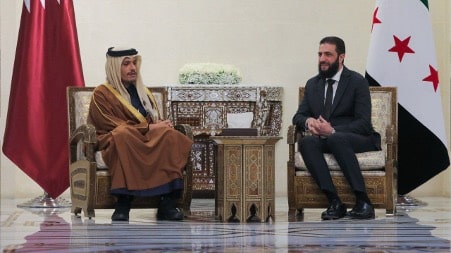
International
- The UK’s Foreign Secretary David Lammy welcomed the release of hostages and stressed the need for a two-state solution and sustained humanitarian aid to Gaza.
- US Secretary of State nominee Marco Rubio stated that sanctions on Israeli settlers in Judea and Samaria would be lifted, signaling strong US-Israel alignment under Trump.
- On January 15–16, General Michael Kurilla, commander of the U.S. Central Command, met with the Jordanian Chief of Staff in Jordan and the Iraqi Chief of Staff in Iraq to discuss cooperation against ISIS. The issue of ISIS remains a significant challenge for the United States, highlighting the need for ongoing regional collaboration.
Global Jihad
- A 16-year-old Israeli minorwas arrested on December 30, 2024, for planning terror attacks inspired by ISIS. The investigation revealed the minor intended to join ISIS abroad or establish a local cell to carry out attacks in Israel.
Fallen Soldiers
